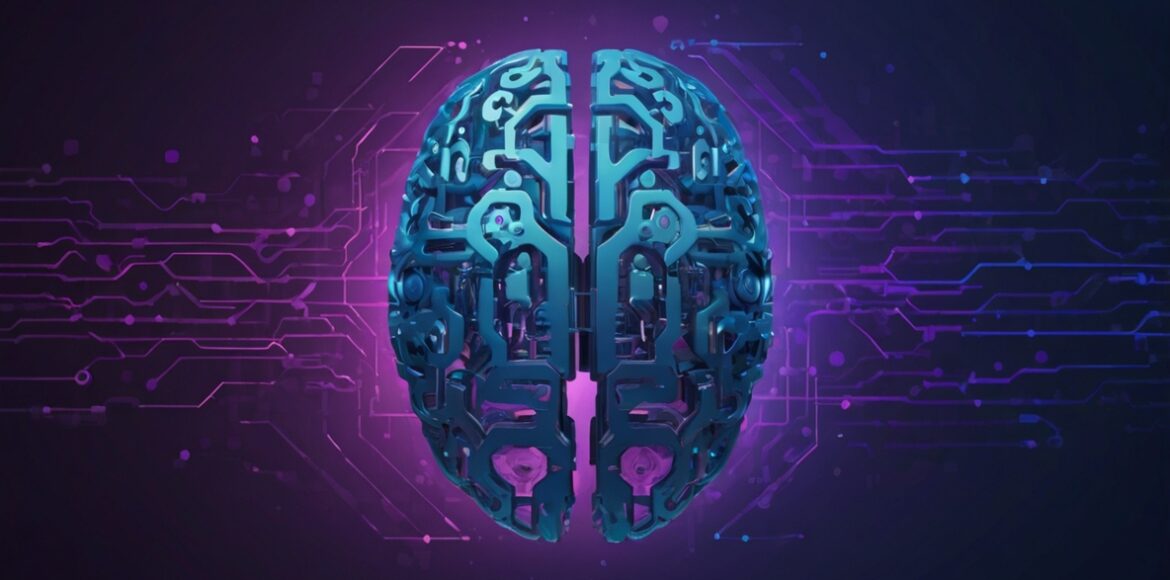OpenAI vs Open-Source AI: Which One Fits Your Business?

Artificial intelligence is no longer just a buzzword — it has become a vital component of modern business operations. From automating customer service to powering data analytics, AI systems now shape how organizations innovate and compete. But for business leaders, one strategic question remains: should you rely on proprietary AI platforms like OpenAI, or build on open-source AI frameworks? The answer depends largely on cost, control, security, and long-term scalability.
How They are Trained
Proprietary platforms, led by OpenAI, offer convenience and reliability. They come with polished products, extensive documentation, enterprise-grade security certifications, and strong customer support. For companies seeking fast adoption and minimal technical burden, this route is attractive. Licensing fees are clear and predictable, and businesses don’t need a large in-house engineering team to get value from the technology. However, the trade-off is a lack of transparency. Because these models are closed, users have little visibility into how they are trained, what data has been used, or how biases are addressed. This raises potential challenges for industries that prioritize ethical accountability or strict compliance standards.
GDPR or HIPAA
On the other hand, the open-source AI ecosystem has seen explosive growth. Models like Meta’s LLaMA and Mistral’s generative frameworks are rapidly narrowing the performance gap with proprietary systems. Open-source projects offer full transparency and the ability to customize models for niche business needs. They also eliminate licensing costs, making them appealing to startups and enterprises looking to control budgets. Yet, the savings are not always straightforward. Open-source deployments require skilled technical teams, additional infrastructure, and ongoing maintenance. Without strong governance, businesses risk introducing vulnerabilities or failing to comply with data protection regulations such as GDPR or HIPAA.
Another Major Consideration
Security is another major consideration. Proprietary solutions often provide built-in compliance and dedicated monitoring, which helps companies meet regulatory demands more quickly. Open-source tools, by contrast, rely on community oversight. While vulnerabilities can be identified and patched faster by a global community of developers, the burden of securing and auditing the system falls squarely on the business itself.
The Choice Between OpenAI and Open-source AI
The choice between OpenAI and open-source AI ultimately comes down to priorities. Organizations that value speed, convenience, and enterprise support may find OpenAI the safer option. Those seeking customization, transparency, and cost efficiency may lean toward open-source solutions. Increasingly, hybrid strategies are emerging, where businesses use proprietary AI for mission-critical applications while experimenting with open-source tools to build internal capabilities.
For decision-makers, the key is to align AI strategy with long-term business goals. Proprietary AI can accelerate short-term growth, but open-source AI may offer more flexibility as the technology landscape evolves. Regardless of the path chosen, businesses must invest in security, governance, and ethical oversight to ensure that AI systems deliver not just efficiency, but also trust.
| Aspect | OpenAI (Proprietary AI) | Open-Source AI |
|---|---|---|
| Cost | Clear licensing fees, predictable expenses, less need for in-house expertise. | No license fees, but higher hidden costs for infrastructure, customization, and technical teams. |
| Transparency | Closed-source, limited visibility into training data and algorithms. | Full visibility and auditability of code, higher accountability and flexibility. |
| Security & Compliance | Often includes certifications (SOC 2, ISO 27001). Vendor-managed security updates. | Community-driven patches, but compliance and risk management depend on the business itself. |
| Performance | Highly optimized, enterprise-ready, scalable out-of-the-box. | Performance improving rapidly (e.g., LLaMA, Mistral), but requires optimization and fine-tuning. |
| Control | Limited customization, users depend on vendor’s roadmap and updates. | Full control to adapt models for specific needs, but requires strong internal expertise. |
| Support | Dedicated customer support, enterprise SLAs, reliable documentation. | Community-based support, less predictable and may require additional research. |
Sources used in research:
- EM360 – Open-Source AI vs Proprietary Models
- PYMNTS – Open Source vs Proprietary AI
- McKinsey – Open-Source Technology in the Age of AI
- Index.dev – Open Source vs Closed AI Guide
NOTE: This content (including all text, graphics, videos, and other elements on this website) is protected by copyright and related rights laws. Material from Conyro.io may be copied or shared only with proper attribution and a direct link to the original source. Thank you for following Conyro.io.






